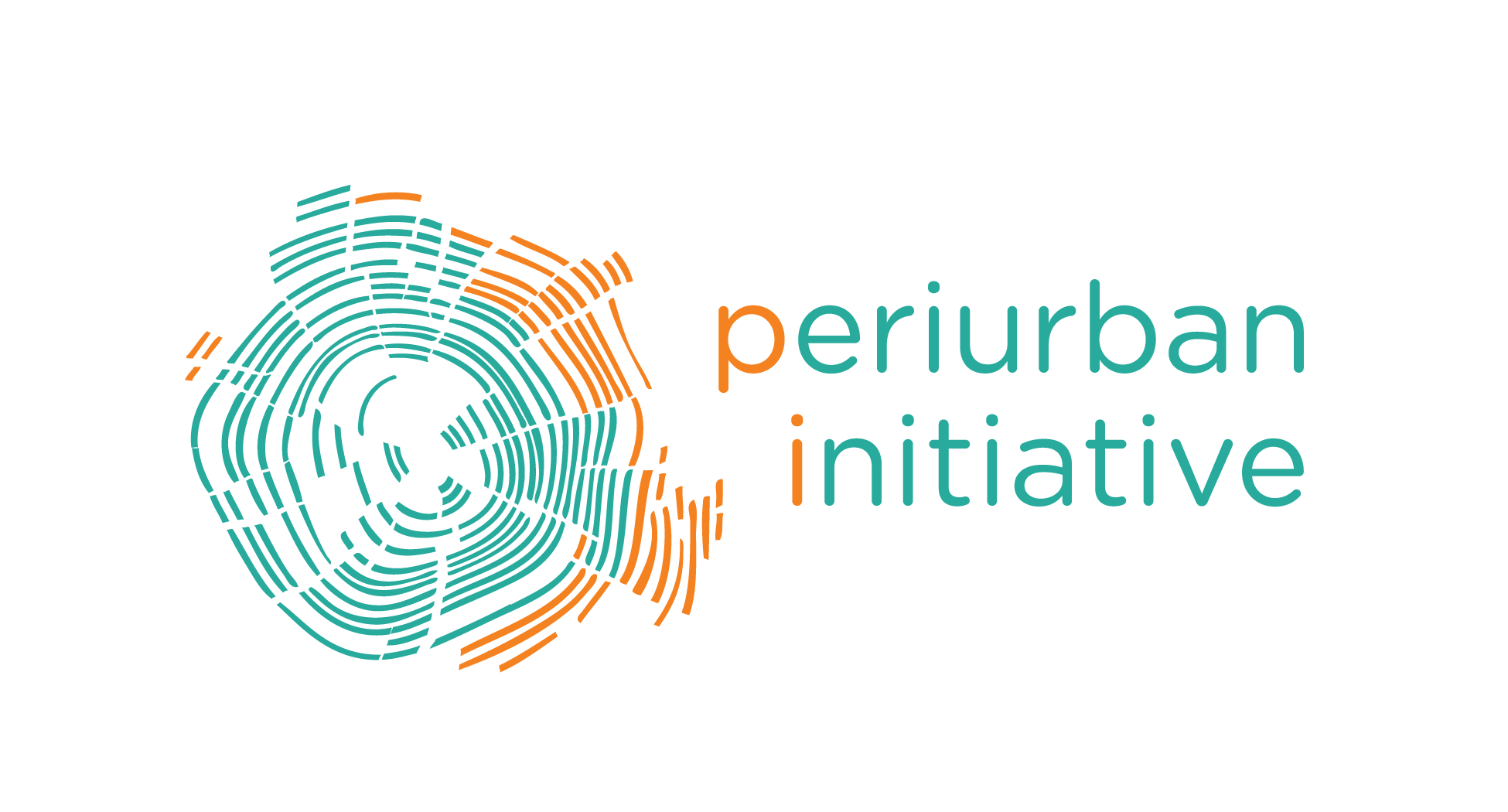Linking to Reality: A Journey on Wheels to Sriperumbudur
On a rainy day in May this year, I took a 120 km round trip by cycle from IIT Madras Campus to Sriperumbudur. The journey enlightened me with loads of new perspectives and impressions about the site, where our research has been focused. It also made me think about how to best establish a personal relation to the research I do.
There is nothing peculiar about cycling in India, of course. People use cycles for their mobility is common even in the largest cities. However, with more and more cars and bikes are plying on the roads, the cycle seems to become an anachronism – the old man carrying his grandchild on the handlebar of his rusty atlas cycle may just evoke a sense of nostalgia to passerby.
Often, one realizes that India’s progress has not fulfilled the dream of fast, safe and independent mobility for everyone. I wonder how the poorest and weakest urban dwellers will be able to move at all in the future – too hazardous the traffic, too costly the tickets for the new metro systems, too far the distances for potential jobs.
All this issues don’t apply to me. I don’t depend on cycling for my personal mobility. Two years earlier in Hyderabad, I just wanted to explore the city, so I chose to do most trips on an old Atlas cycle. Soon I realized that the cycle acted as a mediator between the urban environment and me. Cycling had become a tool for me to “appropriate” the city and make it part of myself. Similarly, I wanted to establish a personal connection between me and the study site in Sriperumbudur. At the beginning of my stay in Chennai, I planned to cover the distance to Sriperumbudur using my own two legs at least once. After a few weeks, although I had visited the place several times, I felt that I had not developed a relation to it and its people at all.
So, I left the campus at sunrise. The shortest route to Sriperumbudur proposed by the routing system of a well known web giant was different from the route the buses usually take. And as the shortest route was at the same time the “pedestrian route”, I was prepared for surprises and many new perspectives. Traffic was still calm, and for most of the first 20 km, I had a pleasant zigzag ride through small neighborhood streets, passing by eagerly street-sweeping women, yawning men in pajamas and threateningly barking dogs. I crossed the railway tracks, passed by the airport, drove through a large military area and crossed under the Bypass and Outer Ring Roads.
At the outer limits of Kundrathur, the densely built up area gave way to large tracts of open scrub land. What followed was a landscape without continuity and cohesion, but full of contradictories and disturbances. I spotted large fenced-off plots with tightly locked gates, from where huge billboard signs promised luxury living in Tuscany-style houses. I wondered whether the imagination of the future residents would really be strong enough to mistakenly consider the Chembarambakkam Lake with the Mediterranean Sea, especially when there would be no water in it.
Where the new apartment complexes had already been built, fences were definitely high enough to let the residents forget about the slum settlements on the other side of the road. I passed further through formerly small villages that seemed to be bursting at the seams as the population had doubled in only a few years. Further down the road, the Irungattukottai Special Economic Zone appeared on the horizon, and finally I spotted the huge Indian flag at the Rajiv Gandhi Memorial. This cycle trip had deepened my understanding about the spatial relationship between Chennai and its peri-urban region.
But more importantly, when I drive the route again in my memory, it is the small incidents and the emotions that make the trip memorable. For example the feeling of relieve when an old man with a giant toolbox fixed my cycle after I had lost my chain on the airport highway; the absurdity of the moment when I pedaled trough the small bushes in front of a woman milking a cow; the intimidating soldier who silently pointed out the way to Kundrathur with his assault rifle. And the comical encounter with a man who was brushing his teeth in the middle of the street.
My personal relationship to Sriperumbudur will always be linked to these special moments. Similar as to the study site, one needs to find her or his own approach to research. Sriperumbudur is one of the places in the world where globalized capitalism has become local in very concrete forms. Although all the economic ‘miracles’ of Sriperumbudur as well as the destruction of eco- and social systems are human products, one struggles to understand the full complexity of these processes. As always in sociology and anthropology, we are all part of what we study. But being in the academic world for quite a while, I feel estranged from what happens “out there”. I believe that in order to do successful research, I first need to countervail this estrangement and close the gap between the academic world and the reality. It is a long way and it is a deeply personal journey. Riding the cycle to Sriperumbudur brought me a little in further in this.








